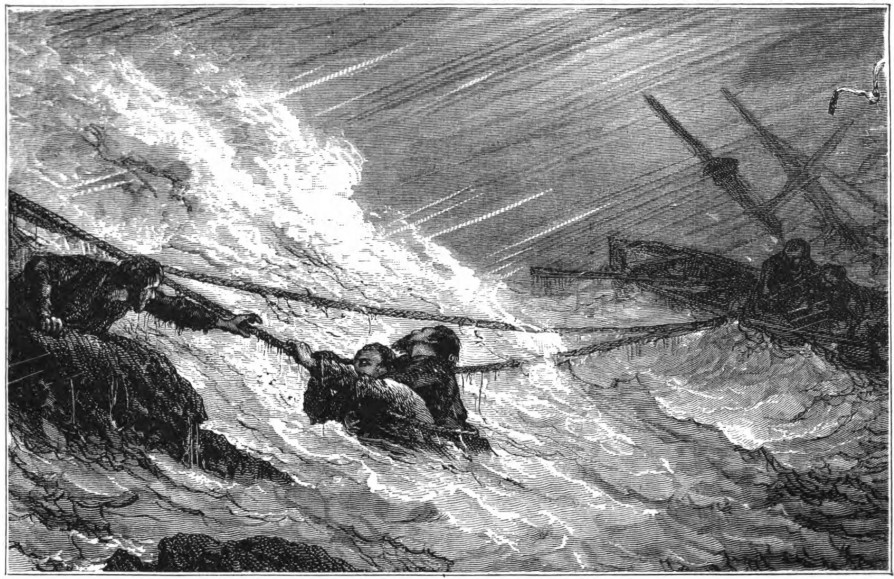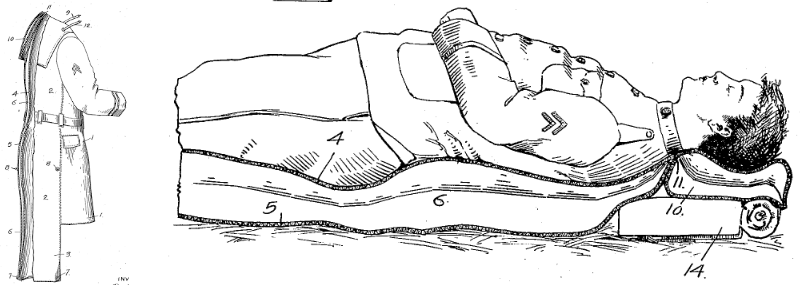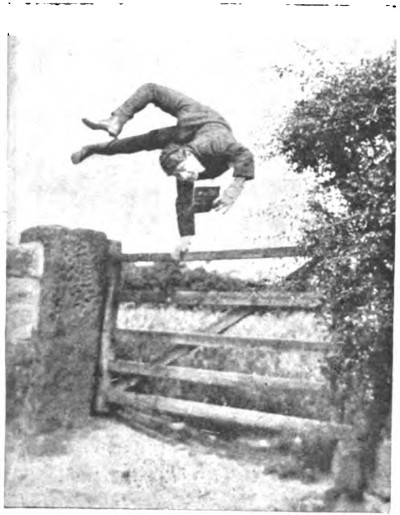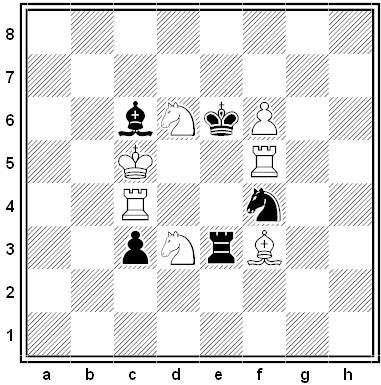Today through Thursday, get 20% off everything in the Futility Closet store — shirts, mugs, phone cases, and more. Thanks for your support!
Away From It All

In 2009, in the little Swiss town of Teufen, conceptual artists Frank and Patrik Riklin converted a 1980s-era nuclear fallout shelter to the “Null Stern Hotel,” an underground facility that accommodates 14 guests in a concrete bunker fitted with blast doors nearly two feet thick.
“We kept the internal structure of the shelter intact — the concrete and the ductwork — and then we added the warmth of antique beds and furniture,” Patrik told the Guardian. “For us it’s an art installation before it’s a hotel — a place where people can think about their surroundings.” There are no windows, only a CCTV camera displaying the outside world, and they retained the institutional paint scheme of pastel blue and yellow.
The site was nominated for best innovation of the year in the 2009 Worldwide Hospitality Awards, and GEO magazine ranked it among the Top 100 hotels in Europe the following year. In 2010 the proprietors were seeking to expand the franchise, but to date no hotel has opened beyond Teufen.
Black and White
Podcast Episode 355: The Auckland Islands Castaways

In 1864, two ships’ crews were cast away at the same time on the same remote island in the Southern Ocean. But the two groups would undergo strikingly different experiences. In this week’s episode of the Futility Closet podcast we’ll tell the story of the Auckland Islands castaways and reflect on its implications for the wider world.
We’ll also consider some fateful illnesses and puzzle over a street fighter’s clothing.
The Perfect Box

Certainly rectangular cuboids exist whose edges and face diagonals all have integer lengths.
For example, in 1719 Paul Halcke discovered one with edges (a, b, c) = (44, 117, 240) and face diagonals (d, e, f ) = (125, 244, 267).
But does one exist whose space diagonal (here shown in red) also has integer length?
As of last September, none has been found and no one has proven that none exist.
A Portable Bed

In 1919, Mrs. Ray Werner patented a military overcoat with an inflatable lining:
The primary object of my invention is to provide a garment, the back of which may be inflated to provide a resilient support for the body of the wearer without removing the garment, thus providing a greater comfort while reclining in a recumbent position.
A separate compartment can be inflated into a pillow. The application was granted that September; I don’t know whether it was ever manufactured.
Footwork
Devised in 1948 by Russian choreographer Nadezhda Nadezhdina, the “floating step” of the Beryozka Dance Ensemble seems to carry dancers smoothly across the stage, as though their feet have left the ground.
“Not even all our dancers can do it,” Nadezhdina said. “You have to move in very small steps on very low half-toe with the body held in a certain corresponding position.”
Self-Improvement

I send you a photo of myself for ‘Curiosities’ studying Virgil in a peculiar position. It was taken by my brother in the country a few weeks ago. It was not a snap-shot, but a time exposure.
— Charles E. Williams of Rock Ferry, Cheshire, in Strand, September 1905
Real Time
For his 2010 film The Clock, video artist Christian Marclay compiled hundreds of movie and television clips that feature clocks or timepieces. He arranged these in order and set the total running time to 24 hours, so the piece itself functions as a clock — if it’s started at the right moment and run as a loop, the time references on the screen will correspond to the correct time in the theater.
Some oddities: There’s no clock face shown at 2:50 a.m. — instead a character in Night of the Living Dead says, “It’s ten minutes to three.” In his review in the Guardian, Peter Bradshaw notes that there are droll shots of sundials in period movies. And “There is an ambiguous moment from Easy Rider in which Peter Fonda looks at his watch (showing 11:40am) and throws it away. It appears to have stopped.”
The film toured art museums for eight years, finishing in 2017 in São Paulo.
For the Record
When a tornado struck Mayfield, Ohio, in 1842, Western Reserve College mathematician Elias Loomis noticed that several fowl had been picked almost clean of their feathers. To find out what wind velocity could accomplish this, he charged a cannon with 5 ounces of gunpowder and inserted a freshly killed chicken in place of a ball:
As the gun was small, it was necessary to press down the chicken with considerable force, by which means it was probably somewhat bruised. The gun was pointed vertically upwards and fired; the feathers rose twenty or thirty feet, and were scattered by the wind. On examination they were found to be pulled out clean, the skin seldom adhering to them. The body was torn into small fragments, only a part of which could be found. The velocity is computed at five hundred feet per second, or three hundred and forty one miles per hour. A fowl, then, forced through the air with this velocity, is torn entirely to pieces; with a less velocity, it is probable most of the feathers might be pulled out without mutilating the body.
“If I could have the use of a suitable gun I would determine this velocity by experiment,” he ended. “It is presumed to be not far from a hundred miles per hour.”
(Elias Loomis, “On a Tornado Which Passed Over Mayfield, Ohio, February 4th, 1842,” American Journal of Science 43:2 [July-September 1842], 278-301.)


